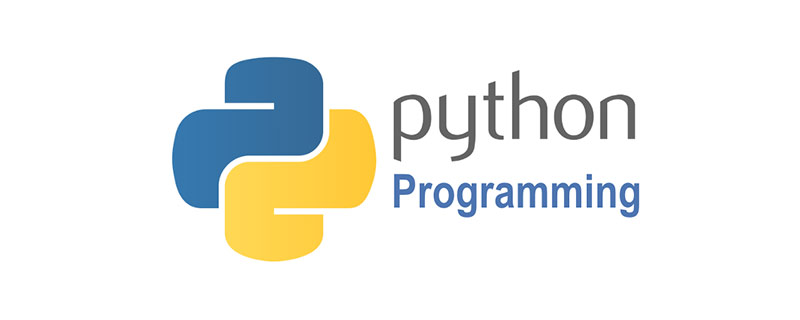
The usage of python model is: 1. The model is added, the code is [book=Book(title="hello go")]; 2. The model is deleted, the code is [book=Book.objects.get (id=1), book.delete()].

【Related learning recommendations:python tutorial】
The usage of python model is:
1. First is the database configuration
Generally, new django projects are configured For sqlite as the database
Usually MySQL is used in projects
So first modify the configuration
Modify it insettings.pyof the project
Change the original configuration sqlite to your own attributes
DATABASES = { 'default': { 'ENGINE': 'django.db.backends.mysql', 'USER':'root', 'PASSWORD':'', 'NAME':'djangouse', 'HOST':'localhost', } }
USER fill in the user name of MySQL
PASSWORD fill in the password of MySQL
NAME fill in the name of the database used, You need to create this in MySQL yourself
Note: Remember to open MySQL before using the model
2. The command line has changed a lot in the new version of django
The following are the main commands about the model
python manage.py check Check whether the model has spelling errors
python manage.py makemigrations Generate a migration file for the changes in the model
python manage.py migrate Execute migration
Usually after creating the app and database
First execute
python manage.py migrate
will generate some management tables
3. Then create a new model
First import the models package
Add
from django.db import models
class Book(models.Model): title=models.CharField(max_length=100) def __unicode__(self): return self.title
to the app’s models.py The model has a title field with a maximum length of 100
unicode. This method returns the content displayed when the Object is queried. The default display is Object
, and then it is executed in sequence
python manage.py check 检查model是否有拼写错误 python manage.py makemigrations 将model的改变生成一个迁移文件 python manage.py migrate 执行迁移
Then querying the database used will find that there is an additional table with a name containing book
4. Next is the addition, deletion, checking and modification of the model
add
book=Book(title="hello django") book.save()
Delete
book=Book.objects.get(id=1) book.delete()
Execute the delete method after obtaining the object with id 1
Check
book=Book.objects.all()
Query all Book objects and return a collection
book=Book.objects.get(id=1)
Get the Book object with id 1
book=Book.objects.filter(title__icontains="hello")
Get the collection of Book objects containing hello in the title field
Change
book=Book.objects.get(id=1) book.title="django" book.save()
5. The next model Advanced use - manager
manager is an encapsulation of some common methods of model
There are methods for obtaining values, and there are also methods for obtaining object collections
Look at the values obtained How to create a manager
Create a new class inherited from models.Manager in the model.py in the app
class BookManager(models.Manager): def get_book_count(self,keyword): return self.filter(title__icontains=keyword).count()
Then add the manager to the model
class Book(models.Model): title=models.CharField(max_length=100) myobjects=BookManager()
When using Yes
count=Book.myobjects.get_book_count("hello")
This returns the number of objects whose names contain book
What if you want to obtain a collection of objects with special conditions?
Create a new manager
class PythonManager(models.Manager): def get_query_set(self): return super(PythonManager,self).get_query_set().filter(title__icontaions='hello')
Add the manager to the model
class Book(models.Model): title=models.CharField(max_length=100) myobjects=BookManager() pyhton_objects=PythonManager()
When used, it is
queryset=Book.pyhton_objects.get_query_set()
This will return a collection of Book objects whose name contains hello
6. The next step is to use the background page to manage the model
First enter
python manage.py createsuperuser
The above is the detailed content of How to use python model. For more information, please follow other related articles on the PHP Chinese website!